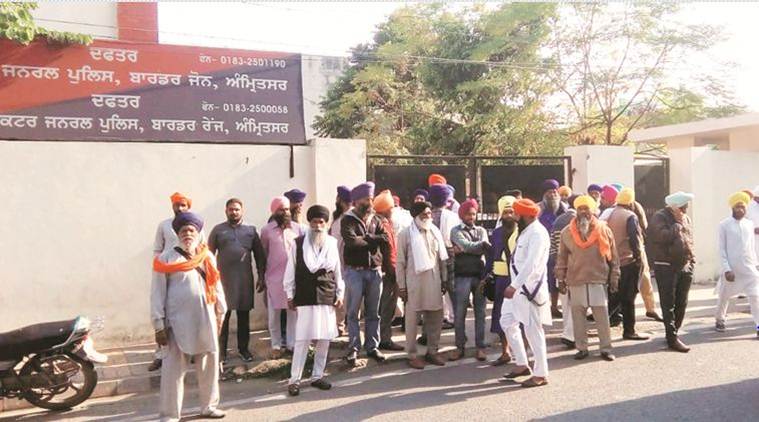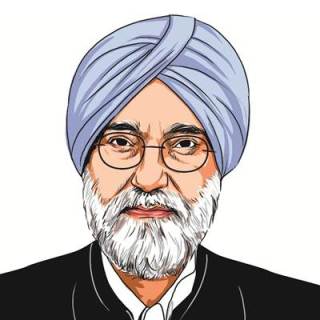No return to ’80s
Attack on Nirankari gathering has triggered fears of return of militancy in Punjab. But the state, still haunted by violence, will maintain peace at all costs

The news of a grenade attack on a small gathering of followers of the Nirankari sect near Amritsar on November 18, killing three and injuring another 20 persons, instantly reminded observers of Punjab of the incident that took place 40 years ago. It was in 1978, on April 13, the day of Baisakhi, that a procession by two Sikh organisations protesting against what they perceived as blasphemy was violently attacked by the members of the Nirankari sect, killing 17 individuals, mostly Sikhs. Many of those killed were associated with the Damdami Taksal, a Sikh establishment that preaches the “foundational values” of the faith. Sant Jarnail Singh Bhindranwale was one of its preachers, who soon emerged as a champion of the Khalistan movement.
The Nirankaris had to pay a heavy price for this confrontation. Two years later, a Sikh killed the sect’s head, Gurbachan Singh, at his home in Delhi. The 1978 incident also unleashed a deadly cycle of violence. Many regard this as the beginning of the Khalistan movement, which lasted for nearly 15 years. The period also saw devious political actors using religious sentiments to consolidate their constituencies. The violence unleashed in Punjab resulted in a prolonged phase of lawlessness, senseless terror by Sikh militants and heinous police brutalities. It also produced some tragic events — army action at the Golden Temple, the killing of Prime Minister Indira Gandhi followed by large scale violence against Sikhs.






































No hay comentarios:
Publicar un comentario